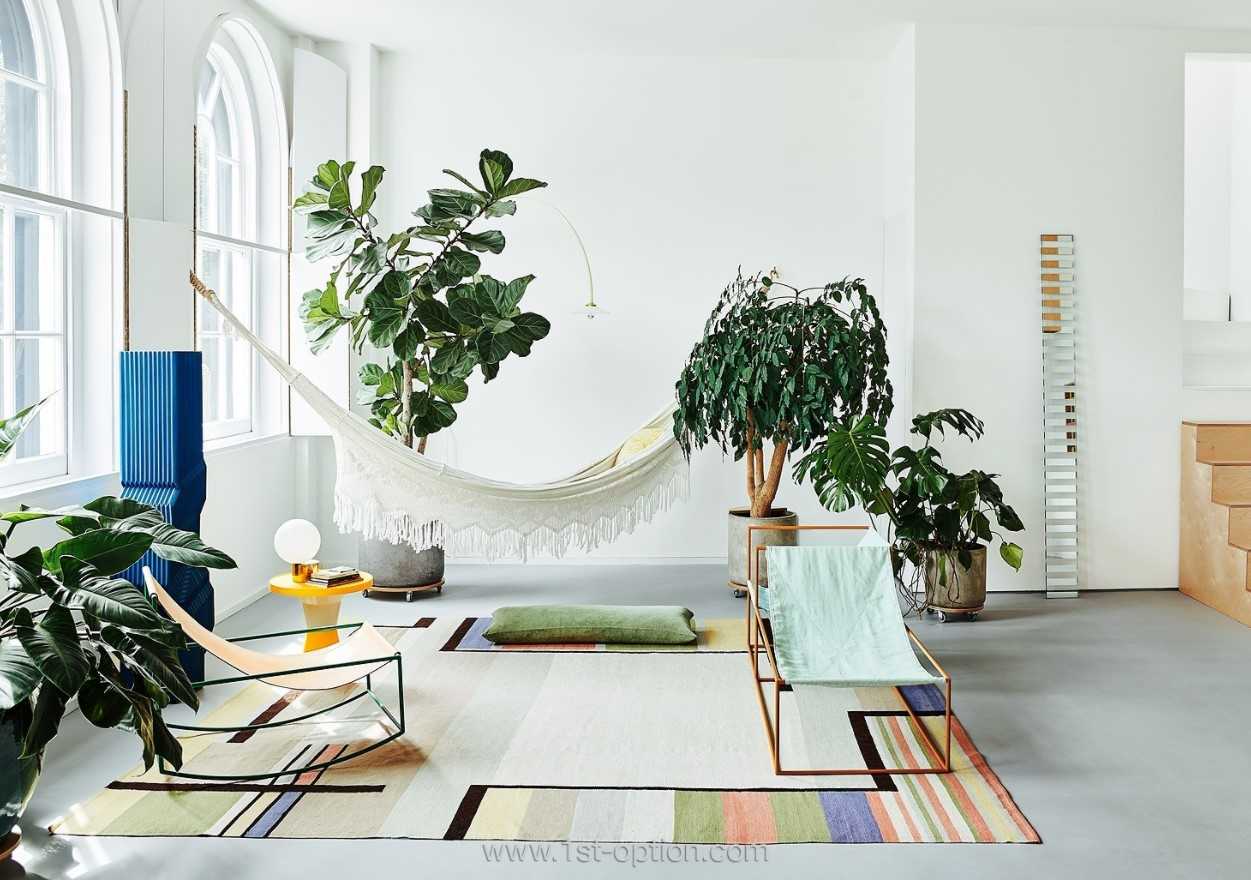
In the Spotlight: Biophilic Design
If we look at interior design as a concept that begins with human experience, taking into consideration the emotional, physical and mental needs of people, then it is a human-centred reflection of how we live today. Since today we are taking new approaches to the promotion of health, welfare and sustainable living it is intuitive to see and understand why biophilia has become such an influential and popular trend in interior design.
If interior design incorporates all aspects of the environment and human experience including elements such as furniture, lighting, finishes and layout, how does biophilia connect with design?
Well biophilia is the idea that built into our genetic coding is an innate link to nature, we come from it, so we’ll always have a connection with it. The word itself translates to love of living things from the Greek word philia meaning love of and essentially it has been proposed by experts that because of this link and our innate tendency to affiliate ourselves with nature and all living things, we can gain something from it.
If we take this concept further it is generally thought that, thanks to the influential work of biologist Edward O. Wilson, when we interact with nature, humans gain satisfaction, inspiration and peace. By connecting with nature we, therefore, improve our well-being. Explore this within design and it is fairly self-explanatory that if we bring elements from the natural world into our homes such as plants, wood, stone and water, it in turn improves our health and well-being through reduced heart rate variability, decreased blood pressure and increased activity in our nervous system.
The popularity of biophilic design in recent years has arrived as a direct backlash against technology and the urbanising world. Since the boom of technology and industry in the 19th and 20th centuries, human connection with the natural world took a diverging path and we saw people start to build more and shelter themselves from the elements we once loved so much. This has culminated in over half the world now living in urban settlements, this is expected to rise to around 68% by 2050 and within this urban world, people now spend almost 80-90% of their time indoors.
As stated above, this is why designers have started to embrace nature and bring the natural world into the home using biophilic approaches to interior design. This can be achieved through botanical forms and shapes, biomontage walls, subtle usage of house plants, clean spaces, implementation of materials such as wood and stone and an abundance of natural light. By using these elements and features within your home, the connection to nature is again visible and so helps improve wellbeing. This is comprehended by humans through three ways, direct experience (light, air, weather), indirect experience (natural materials from nature) and experience of space (where we place things).
By using biophilia you can create multi-sensory spaces that resonate across all demographics. Connect to nature and you will see the boost in productivity, wellbeing and inspiration as well as enhancing creativity and your mood. In a world that is quite apparently becoming more and more urbanised biophilic design is an approach to design that celebrates human nature and our innate connection to nature and how we live, act and work within it.





